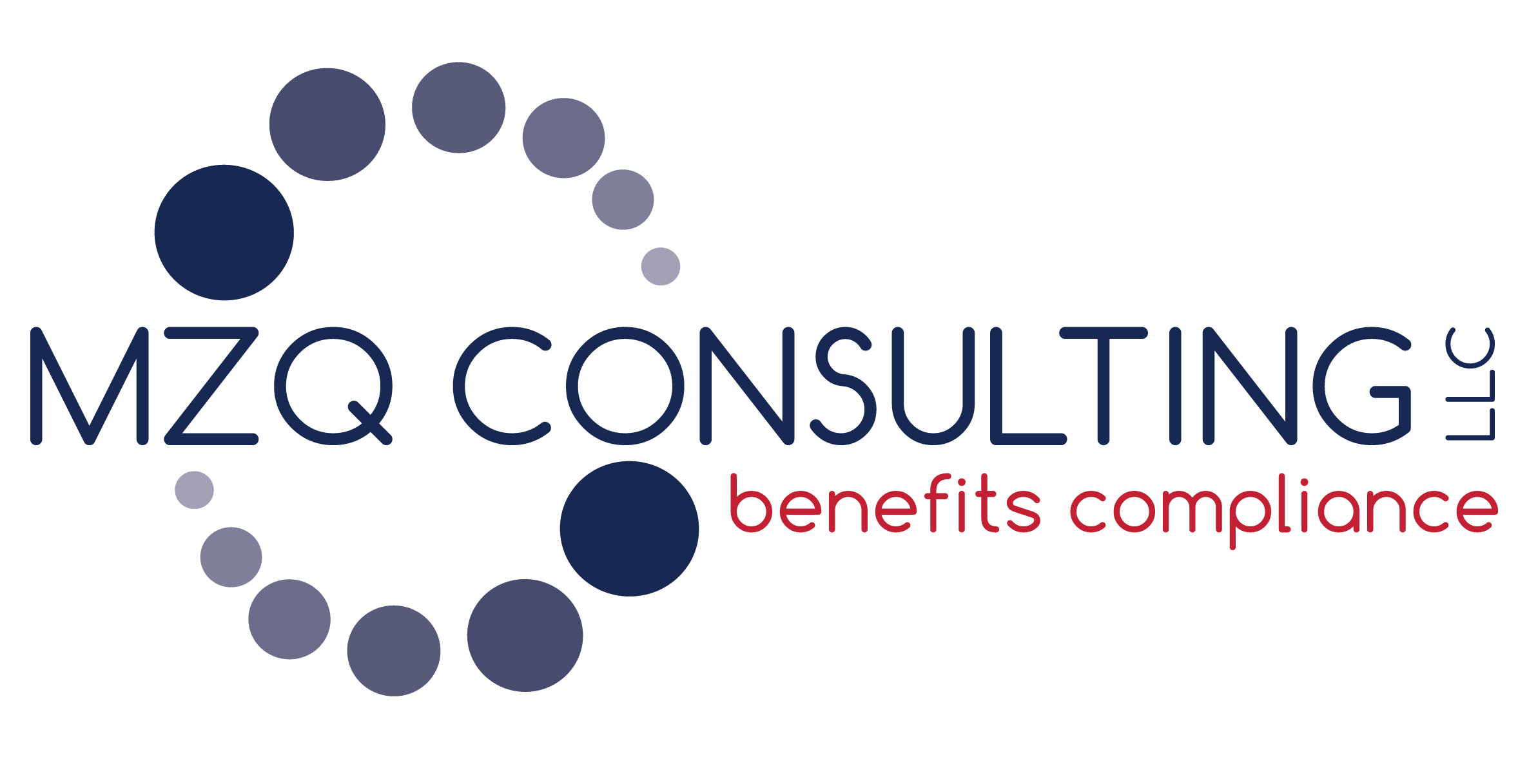Electronic Filing Threshold Reduced in Draft 2023 Form 1094 and 1095 Instructions
The Internal Revenue Service (IRS) recently released draft instructions for preparing, distributing, and filing 2023 Forms 1094-B/C and 1095-B/C. These instructions largely mirror guidance the IRS has published in previous years, except that the electronic filing threshold has been reduced from 250 forms to ten forms in aggregate.
This year, employers could mail their Forms 1094 and 1095 to the IRS if their submission included fewer than 250 forms. For the 2023 ACA filing and beyond, employers that cumulatively submit at least ten forms to the IRS, including W-2s, 1099s, ACA Forms 1094/1095, and other common form series, must file all of those forms electronically. For example, if an entity issues four 2023 Forms W-2, five 2023 Forms 1095-B, and one 2023 Form 1094-B, then that sum of ten forms means they must file all of them electronically with the IRS when due in 2024. This change resulted from a final regulation the IRS issued earlier this year that officially reduced the electronic filing threshold for many form series.
Employers that have historically submitted their Forms 1094/1095 to the government via paper mailing will need to consider overall how many forms they will be filing with the IRS in 2024, not just Forms 1094/1095, to determine whether they can continue to do so. Ultimately, the ten-form aggregate threshold will necessitate electronic filing for nearly every employer. We urge employers that have traditionally paper-filed their ACA forms to either register with the IRS as soon as possible so they can e-File themselves or to contract with a vendor that can confidently e-File on their behalf.


